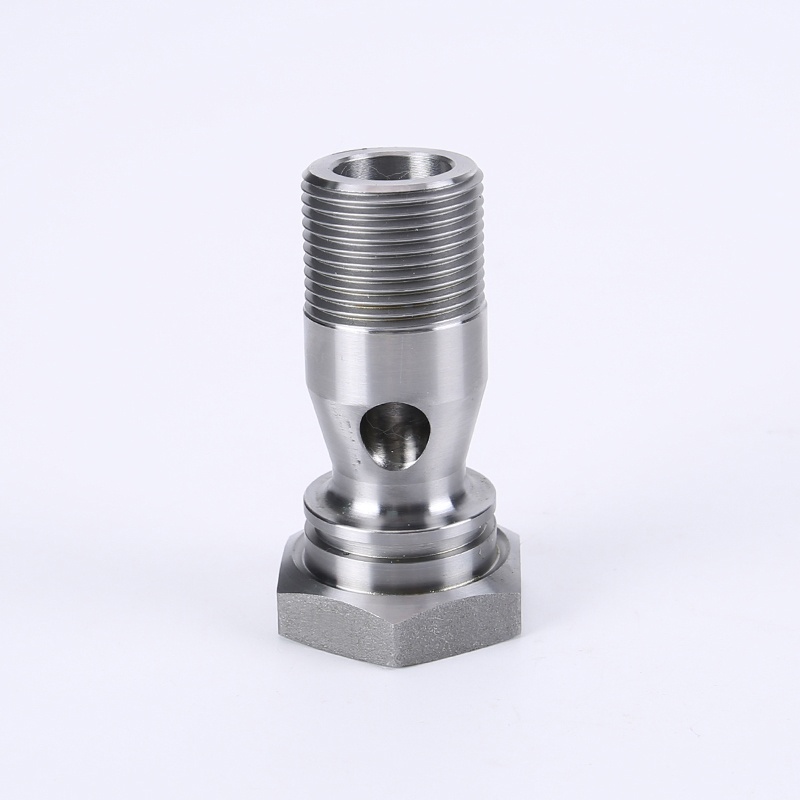What is the pressure rating of a code 61 split flange?
2024-04-16
The pressure rating of a Code 61 split flange is indeed a complex matter that cannot be simply summarized with a single figure. Its capacity to withstand pressure is influenced by multiple variables, foremost among them being the material used in its construction. The type of alloy or steel chosen for the split flange significantly affects its strength and resilience under high-pressure conditions. Moreover, the size of the flange also plays a pivotal role; larger flanges may be able to handle higher pressures due to their increased surface area and structural integrity.
Furthermore, the specific application requirements of the flange cannot be overlooked. Flanges intended for use in hydraulic systems with extreme pressure fluctuations or those that require frequent exposure to corrosive substances may require special treatments or alloys to ensure their durability and safety.
Generally speaking, Code 61 split flanges are designed to cater to high-pressure hydraulic systems, where they can typically perform within a pressure range of 3,000 to 6,000 PSI. However, it is paramount to stress that these are merely ballpark figures. For an accurate determination of the pressure rating based on the specific flange size, material, and intended application, it is absolutely necessary to refer to the manufacturer's specifications or engineering documentation. These documents provide detailed information on the flange's design, materials, and testing procedures, ensuring that the flange meets all the necessary safety and performance standards for its intended use.



























